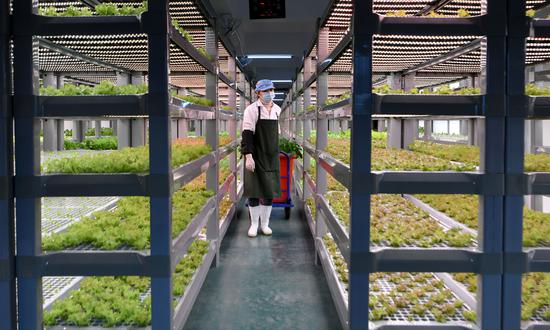
A staffer works at an organic vegetable factory in Yongchun County, East China’s Fujian Province on February 28, 2023. China has drawn up a roadmap for advancing rural revitalization across the board, and for moving faster in building up its agricultural strength. (Photo/China News Service)
China’s first homegrown unmanned vertical plants factory was recently unveiled in Chengdu, Southwest China’s Sichuan Province, the first of its kind globally, China Media Group (CMG) reported on Sunday.
The plants factory was developed by the Institute of Urban Agriculture (IUA) under the Chinese Academy of Agricultural Sciences, according to the report.
Vertical farming technology represents the advanced stage of facility agriculture and is a crucial frontier in the exploration of global agricultural science and technology. It is an efficient agricultural system that enables year-round continuous green food production within multi-story structures.
This system can be utilized for food production in urban areas as well as in deserts and on barren lands. Its advantages are evident in addressing issues such as stable local food supply in future urban environments to expand cultivation space.
The Chinese research and development team took the lead in creating the so-called “plant light formula” to improve light efficiency, which helped overcome the challenge of “low light efficiency and high energy consumption” at plant factories.
The 20-storey vertical unmanned plant factory they have constructed is the world’s first of its kind.
Currently, the entire automated production system in Chengdu is at the forefront plant growing technology, and the number of layers in a single facility is also the highest in the world, Gan Bingcheng, deputy head of the IUA, said in the CMG report.
The 20-story system could achieve year-round stable green food production by utilizing independently bred crop varieties, a vertical three-dimensional irrigation and cultivation system, an automatic nutrients-supplying system, and an AI-based intelligent control system, the report said.
Since the system is not affected by climate or geographical constraints, it can achieve a harvest of lettuce approximately every 35 days under controlled light, temperature and other conditions. With the capability to produce more than 10 harvests of green vegetables a year, it is equal to an estimated annual output of over 50 tons, equivalent to the yield of about 60 mu (4 hectares) of farmland. This significantly enhances land utilization efficiency and conserves arable resources, the report said.
At a Vegetable Expo held in Pengzhou, Sichuan, in November, the IUA showcased a “Urban Modern Facility Vegetable LED Supplemental Lighting Cultivation Mode” exhibition area, with displays including chain-type extendable mobile supplementary lighting technology, vertical space supplementary lighting cultivation technology and other innovations, according to a statement issued by the institute.










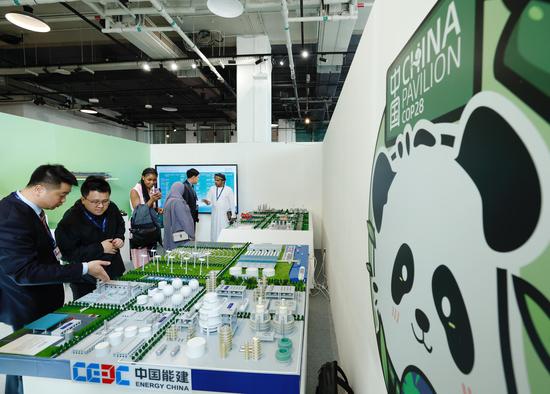
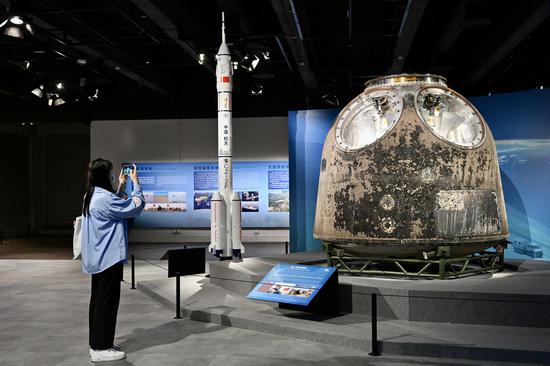



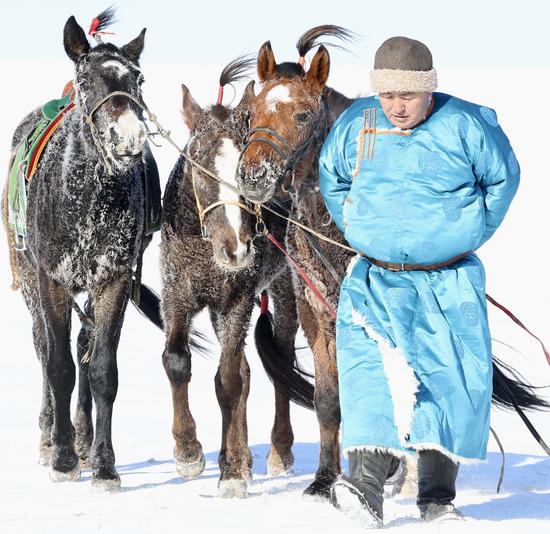






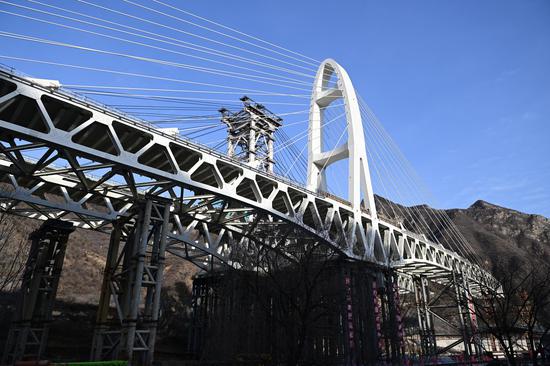
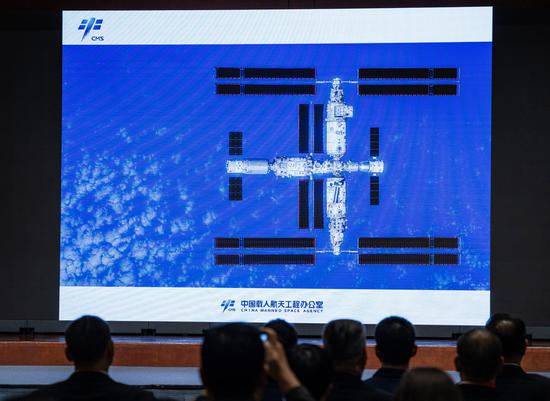
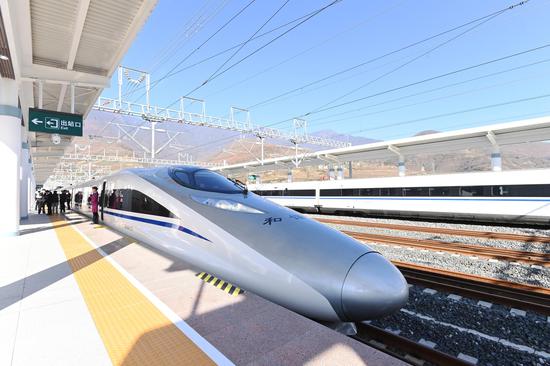


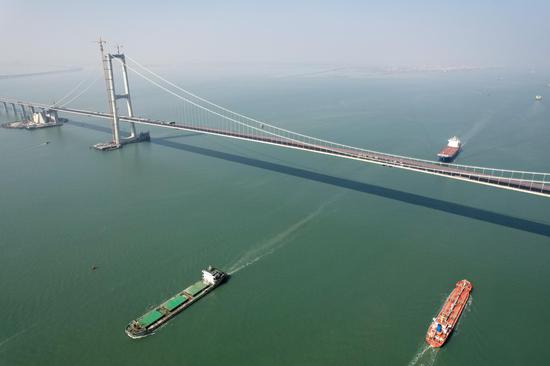


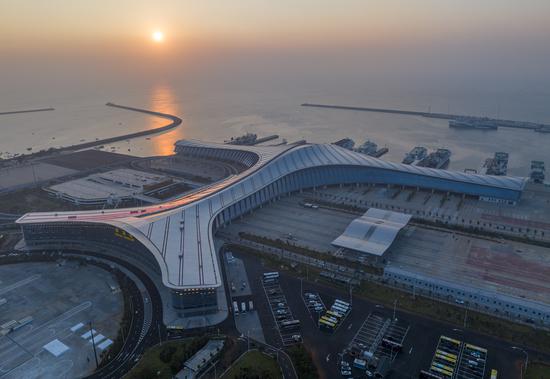



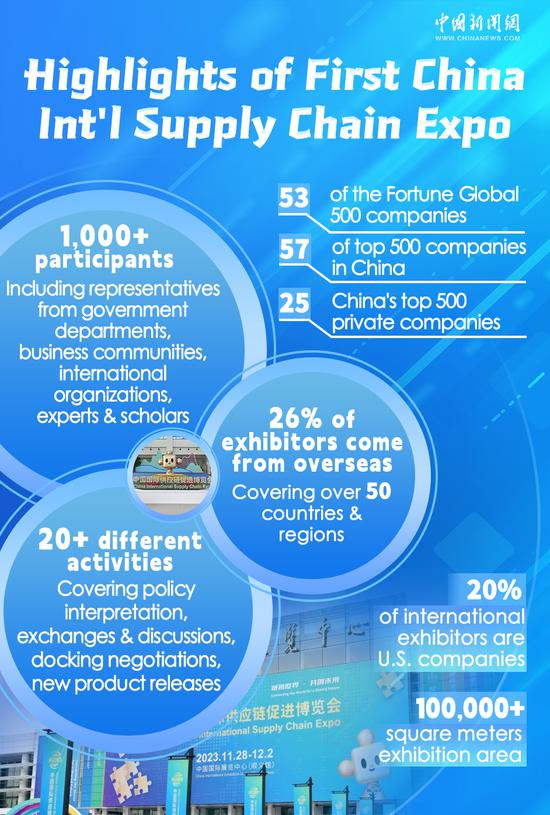




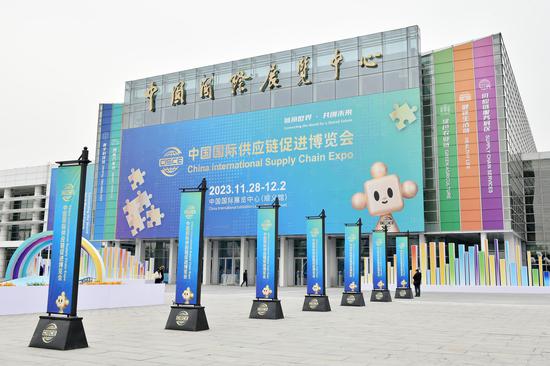
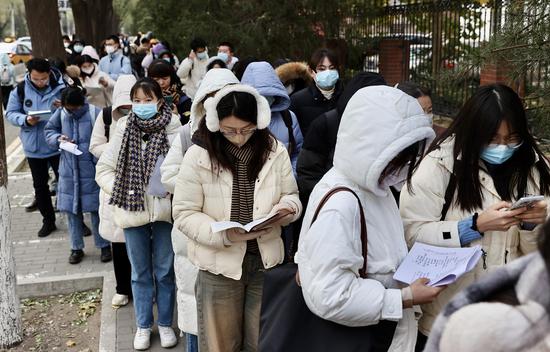
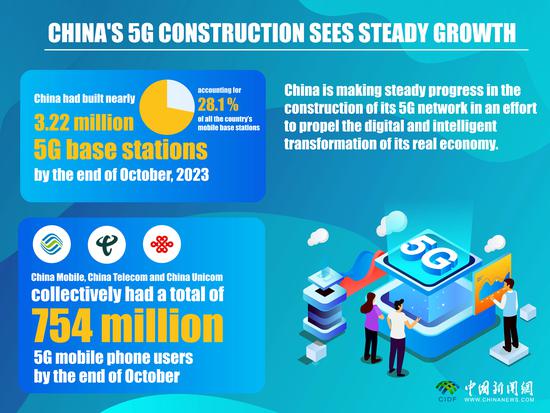
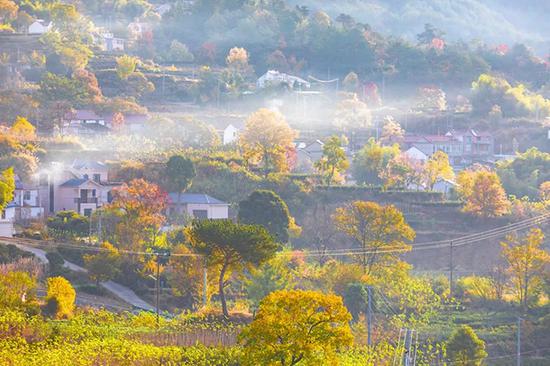



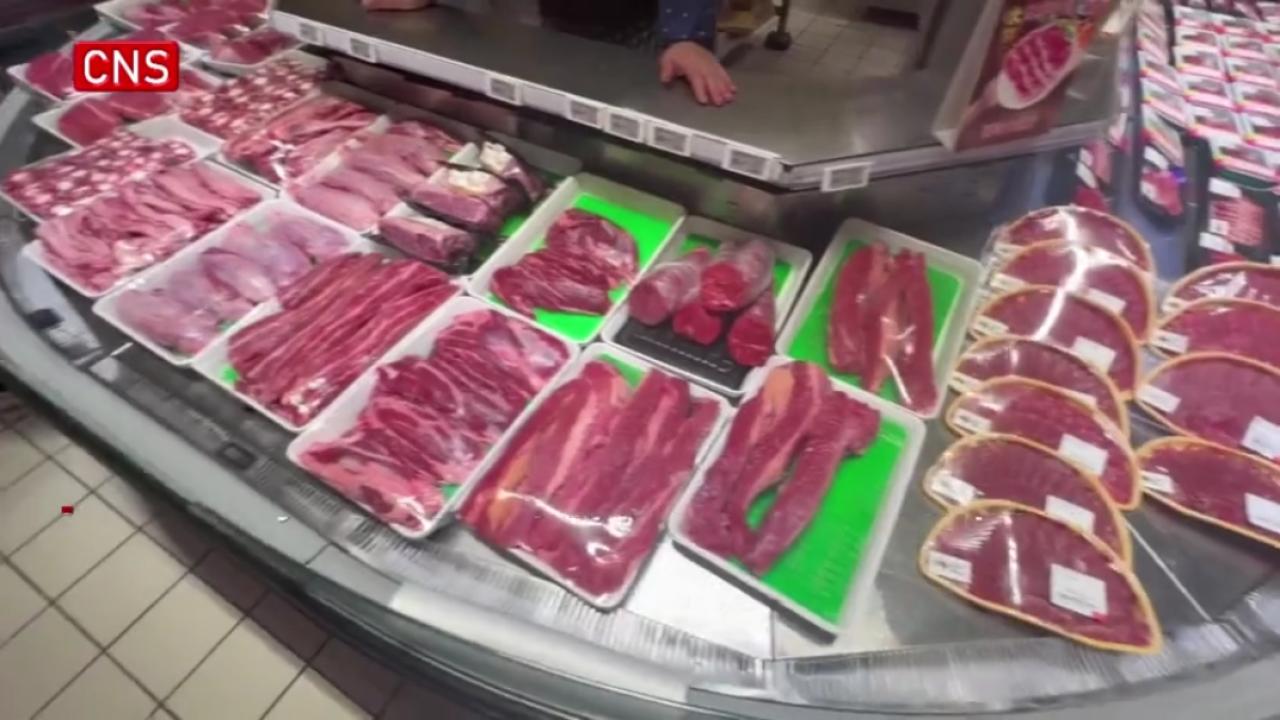

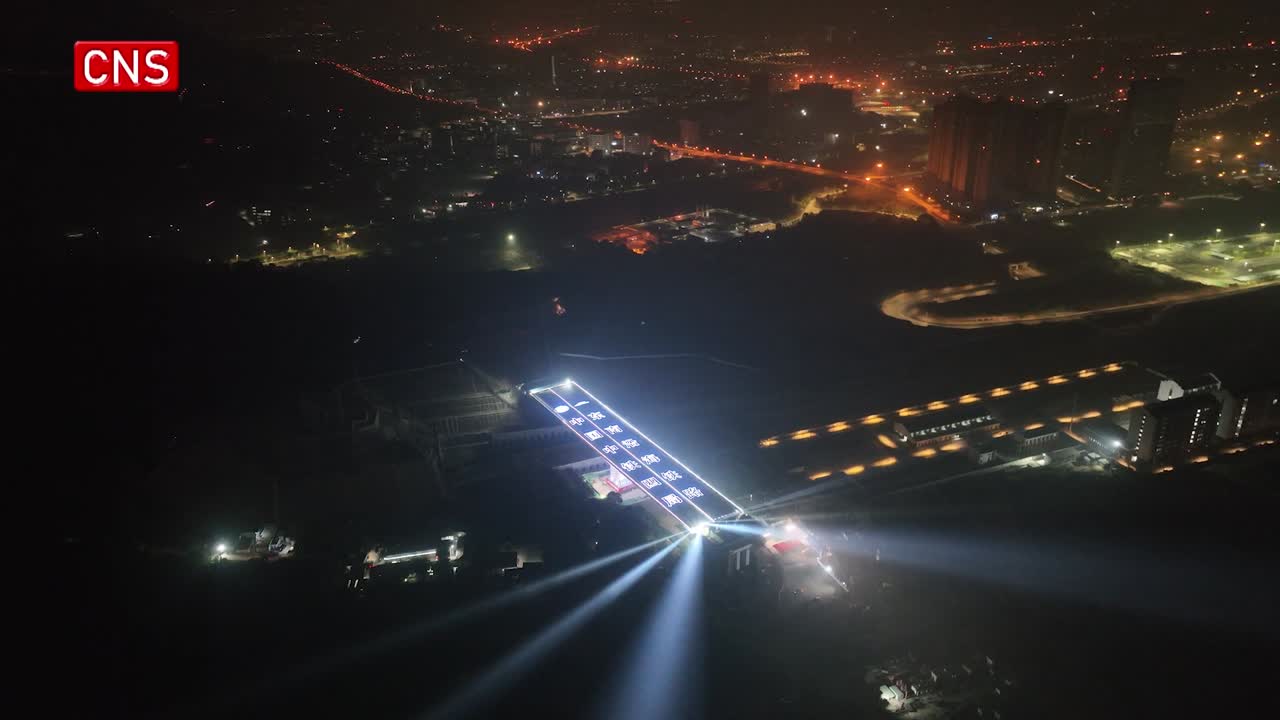

 京公网安备 11010202009201号
京公网安备 11010202009201号